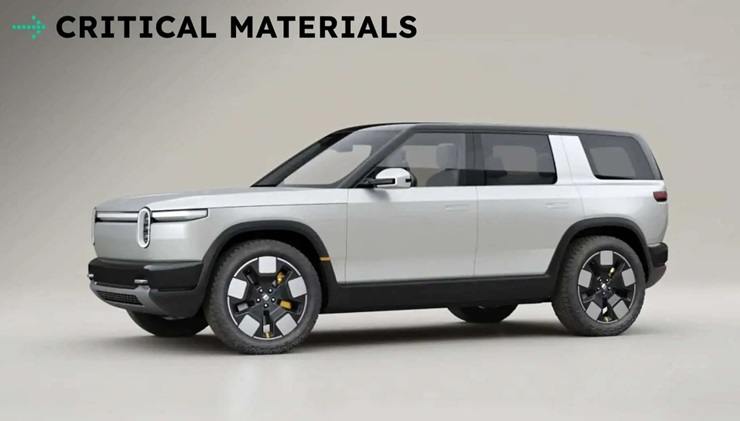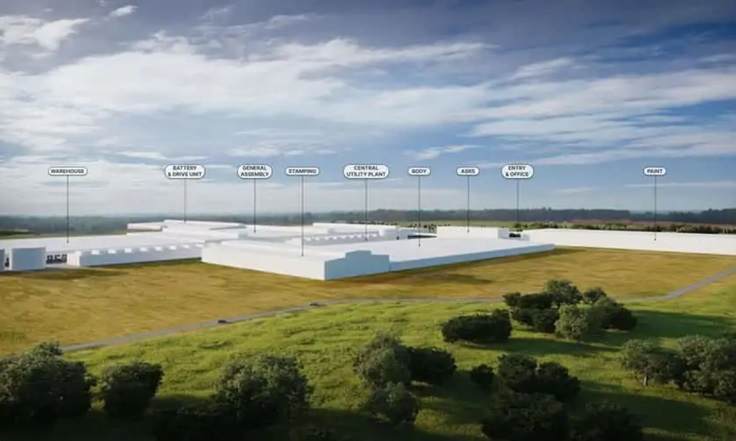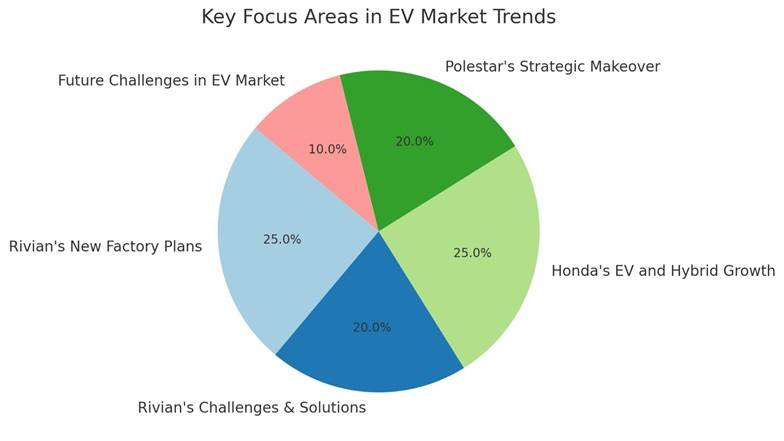The Future of Electric Vehicles: Rivian, Honda, and Polestar in the Spotlight
In the twilight days of the Biden administration, significant climate change investments are still reshaping the landscape of clean energy. From fast-tracked approvals for loans and grants to colossal funding for electric vehicle (EV) projects, it’s been an electrifying sprint. Among the most notable developments is the U.S. Department of Energy’s recent approval of a $6 billion loan for Rivian’s Georgia factory, just days before the Trump administration takes over.

Rivian’s Road to Recovery
Rivian’s journey has been a rollercoaster of highs and lows. The Georgia factory, envisioned as the birthplace of the R2 electric crossover—a potential Tesla Model Y competitor—was delayed last year due to uneven EV demand and financial challenges. Instead, Rivian pivoted to expanding its Normal, Illinois, plant to begin R2 production.
Now, with the Biden administration’s support, Rivian’s plans are back on track. The company aims to launch three new models in the coming years, requiring every ounce of production capacity it can muster. Despite supply chain issues, Rivian achieved record EV sales in 2024, focusing on its premium R1T electric truck and R1S SUV. However, these vehicles, with price tags exceeding $70,000, appeal to a niche market. To survive and thrive, Rivian must create affordable mass-market EVs. The R2, R3, and R3X concepts introduced last year signal a promising shift, with the R3 gaining particular fanfare.
Financial backing is also coming from other sources. Last year, Rivian and Volkswagen Group formed a $5.8 billion joint venture. This partnership allows Rivian to access critical funding while Volkswagen leverages Rivian’s expertise in software and electrical systems. However, with the incoming Trump administration opposing federal loans for Rivian, the automaker faces potential legal battles to retain this lifeline. Still, optimism prevails as Rivian’s innovative designs and strategic partnerships position it to navigate these turbulent waters.
Honda’s Electrified Ambitions
Honda has proven that reputation and trust can drive sales, even in a rapidly evolving EV market. Last year, the automaker sold tens of thousands of EVs—like the Prologue, developed with General Motors—purely on brand value. Its premium Acura ZDX also performed admirably. With a 5% growth target for this year, Honda plans to sell over 1.5 million vehicles in the U.S., including hybrids, gas models, and an increasing share of EVs.
Exciting developments are on the horizon. Honda’s EVs will gain access to Tesla Superchargers this spring, enhancing their appeal. Additionally, the automaker is developing its own EV platform, set to debut with the sleek Acura RSX crossover later this year. Concepts like the Honda 0 Saloon and 0 SUV, showcased at CES 2025, hint at the company’s innovative direction, with production expected to begin in Ohio next year.
However, challenges remain. Honda’s merger with Nissan introduces uncertainties regarding integration of operations, research, and product portfolios. While some view Nissan as a liability, Honda’s loyal fanbase and stylish EVs may help the brand overcome these hurdles. The collaboration with Sony adds another layer of intrigue, potentially bolstering Honda’s technological edge.

Polestar’s Quest for Sales
Polestar, the Swedish automaker with a Scandinavian flair, has faced an uphill battle in boosting sales. Despite its high-quality, stylish EVs, the brand has struggled to carve out a significant market share. With majority ownership by China’s Geely Group, Polestar enjoys strong financial backing, but its reliance on Chinese manufacturing poses challenges amid global trade tensions and fierce competition.
Enter Michael Lohscheller, Polestar’s new CEO. With a sales- and finance-driven approach, Lohscheller aims to grow sales by 30-35% over the next three years and achieve positive cash flow by 2027. Geely’s continued support, including securing additional equity and debt funding, underscores confidence in Polestar’s potential.

The upcoming Polestar 3 and Polestar 4 models could be game-changers, offering fresh appeal to consumers. However, Polestar’s regional manufacturing strategy and competitive EV market present formidable obstacles. The brand’s identity—rooted in Scandinavian design and performance—remains its strongest asset. Polestar’s resilience will be tested, but the new leadership’s optimism offers hope for a brighter future.
Rivian, Honda, and Polestar exemplify the dynamic and challenging landscape of the EV industry. Rivian’s innovative concepts, Honda’s trusted brand, and Polestar’s stylish designs each represent unique approaches to electrification. As the industry evolves, the stakes are high, but so is the potential for transformative success.
If you’re inspired by the power of resilience and strategic growth, check out our article on “The Power of Compounding” to discover how small steps can lead to monumental change in your life and investments.
Related Post
